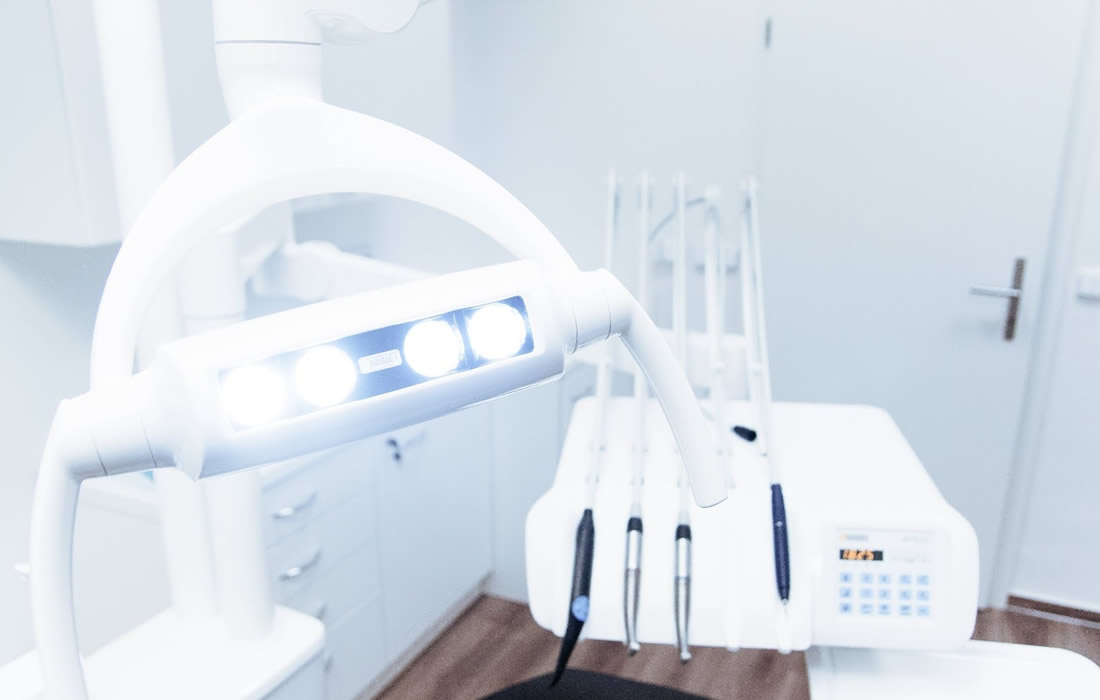Regenerative Medicine News and General Information
Scientists Work to Bring Tissue Regeneration to Replace Root Canal Treatment
Want to avoid a root canal? In the future, you might be able to opt for tissue regeneration instead. ADA Forsyth scientists are testing a novel technology to treat endodontic diseases (diseases of the soft tissue or pulp in your teeth) more effectively. The study, “RvE1 Promotes Axin2+Cell Regeneration and Reduces Bacterial Invasion,” which appeared in The Journal of Dental Research, demonstrates regenerative properties of resolvins, specifically Resolvin E1 (RvE1), when applied to dental pulp.
“Pulpitis (inflammation of dental pulp) is a very common oral health disease that can become a serious health condition if not treated properly,” said Dr. Thomas Van Dyke, Vice President at the Center for Clinical and Translational Research at ADA Forsyth, and a senior scientist leading the study.
“Root canal therapy (RCT) is effective, but it does have some problems since you are removing significant portions of dentin, and the tooth dries out leading to a greater risk of fracture down the road. Our goal is to come up with a method for regenerating the pulp, instead of filling the root canal with inert material.”
Inflammation of this tissue is usually caused by damage to the tooth through injury, cavities or cracking, and the resulting infection can quickly kill the pulp and cause secondary problems if not treated.
The study applied RvE1 to different levels of infected and damaged pulp to explore its regenerative and anti-inflammatory capacities.
There were two major findings. First, they showed RvE1 is very effective at promoting pulp regeneration when used in direct pulp-capping of vital or living pulp (replicating conditions of reversible pulpitis). They were also able to identify the specific mechanism supporting tissue regeneration.
Second, the scientists found that placing RvE1 on exposed and severely infected and necrotic pulp did not facilitate regeneration.
However, this treatment did effectively slow down the rate of infection and treat the inflammation, preventing the periapical lesions (abscesses) that typically occur with this type of infection.
Dr. Van Dyke said, “because application of RvE1 to dental pulp promotes formation of the type of stem cells that can differentiate into dentin (tooth), bone, cartilage or fat, this technology has huge potential for the field of regenerative medicine beyond the tissues in the teeth. It could be used to grow bones in other parts of the body, for instance.”
Sources:
Y-C. Wu, N. Yu, C.A. Rivas, N. Mehrnia, A. Kantarci, T.E. Van Dyke. RvE1 Promotes Axin2+ Cell Regeneration and Reduces Bacterial Invasion. Journal of Dental Research, 2023; 102 (13): 1478 DOI: 10.1177/00220345231197156
Forsyth Institute. “Scientists work to bring tissue regeneration to replace root canal treatment.” ScienceDaily. ScienceDaily, 1 December 2023. <www.sciencedaily.com/releases/2023/12/231201123734.htm>.
Materials provided by Forsyth Institute. Note: Content may be edited for style and length.
Images from:
Photo by Daniel Frank
https://www.pexels.com/photo/white-dental-equipment-near-wall-305567/

